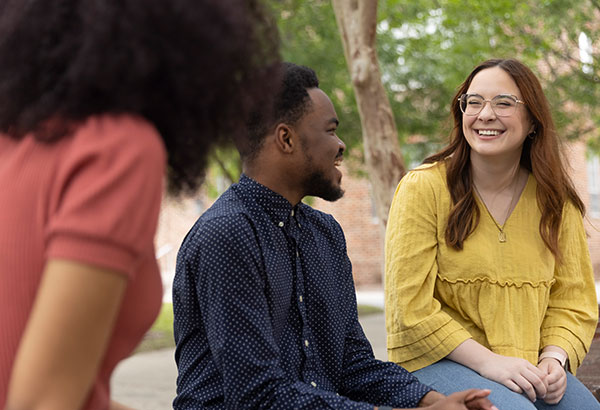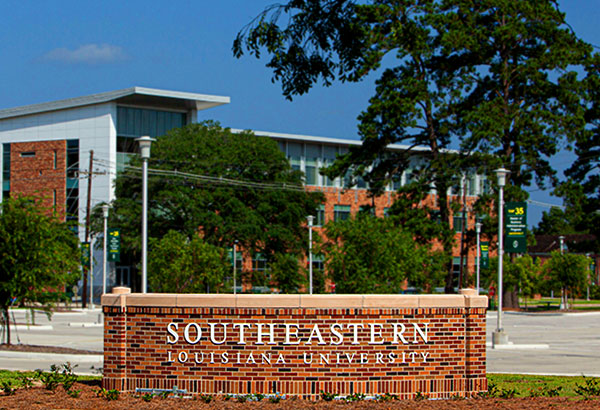Southeastern > Academics > Academic Programs > Experiential Learning > News & Events > Let’s Get Cooking
NEWS & EVENTS
More news stories
APRIL 19, 2024Differentiated Instruction Online: Questions and Answers
Aligning Course Practice with "Eight Principles of Experiential Learning"
Me, Too: Experiential Learning for Instructors
Awareness of Risk in Experiential Learning
Understanding Student Fears
FAQs in Online Experiential Education
Let’s Get Cooking
 Thursday, February 16, 2017
Thursday, February 16, 2017
Elizabeth Sanders, MLIS
Reference/Instruction Librarian at Sims Memorial Library, EL Team Member
We’ve all done it.
You’re flipping through a cookbook or skimming one of the millions of recipe sites out there, and you find it. The most mouthwatering description or pang inducing photo of some delicacy you’ve never tasted but you need to make right now.
You have to look up cooking tools you’ve never heard of and buy ingredients you recognize, but have never used. You encounter strange terms like blondir, manchette, or Vandyke. You’re told to trim an oyster’s beard, no joke, or you need to convert from American to metric measurements (or vice versa).
At this point, frustrated, confused, and probably intimidated, many of us fall back on older recipes that we know well. It’s much easier and has worked before, after all. Others, having already invested this much time and energy, press on and force themselves to make the dish.
It fails spectacularly. Or it might taste alright, but it looks nothing like the photo. Best case, it’s great, and you know exactly why and how you’re going to use those techniques in the future. Medium case, it’s good, but you have no idea how or why it turned out that way and can only hope that the next time you can pull off a repeat performance.
Like I said, we’ve all done it.
Only, it might not have been cooking. Maybe it was creative writing or a laboratory experiment. It could have been your first algebra class or your master’s thesis. You might even be experiencing it right now, no past tense required, as you think about how your class is going to go this semester.
Learning, any form of learning, relies on a mixture of theory and application. Just like in cooking, if you don’t know the language, the techniques, and the reasoning behind them, your efforts to advance will be difficult. You can’t vandyke a lemon without first knowing that means to cut a zigzag pattern around one end for decorative purposes.
However, at some point, the theory will need to be put into practice for you to fully understand it. You can learn about and even discuss decorative fruit techniques, but you’ll never learn how to vandyke a lemon without putting a knife in your hand. Even then, it’ll take some practice before you master the technique. (Full Disclosure: I can barely peel potatoes.)
But it doesn’t end there, does it? Whether you fail or succeed, you take what you’ve learned from that experience and think about it. You come up with ways to improve your technique or you start seeing more applications for what you’ve learned. These adjustments, this connection between what you now know and your world, come only from reflection. Then, you start the whole process again.
Like cooking, experiential learning is not a new concept, and its one whose parts and techniques we can recognize if we look to our own learning experiences. Whether we conducted experiments, interned with a publisher, or co-taught a class, this combination of theory and practice sticks with us and shapes us as we see how we can apply what we’ve learned.
This blog is not meant to be a cook book with step-by-step recipes as much as a tasting
guide. The posts will feature discussions or resources to inform, to reflect, and
to inspire educators and students as we strive to make Southeastern’s graduates Real-World
Ready. Some flavors may be familiar to you, but others may prove intriguing and prompt
you to put on the chef hat and get cooking.
And, hey, what can be more real than cooking?






